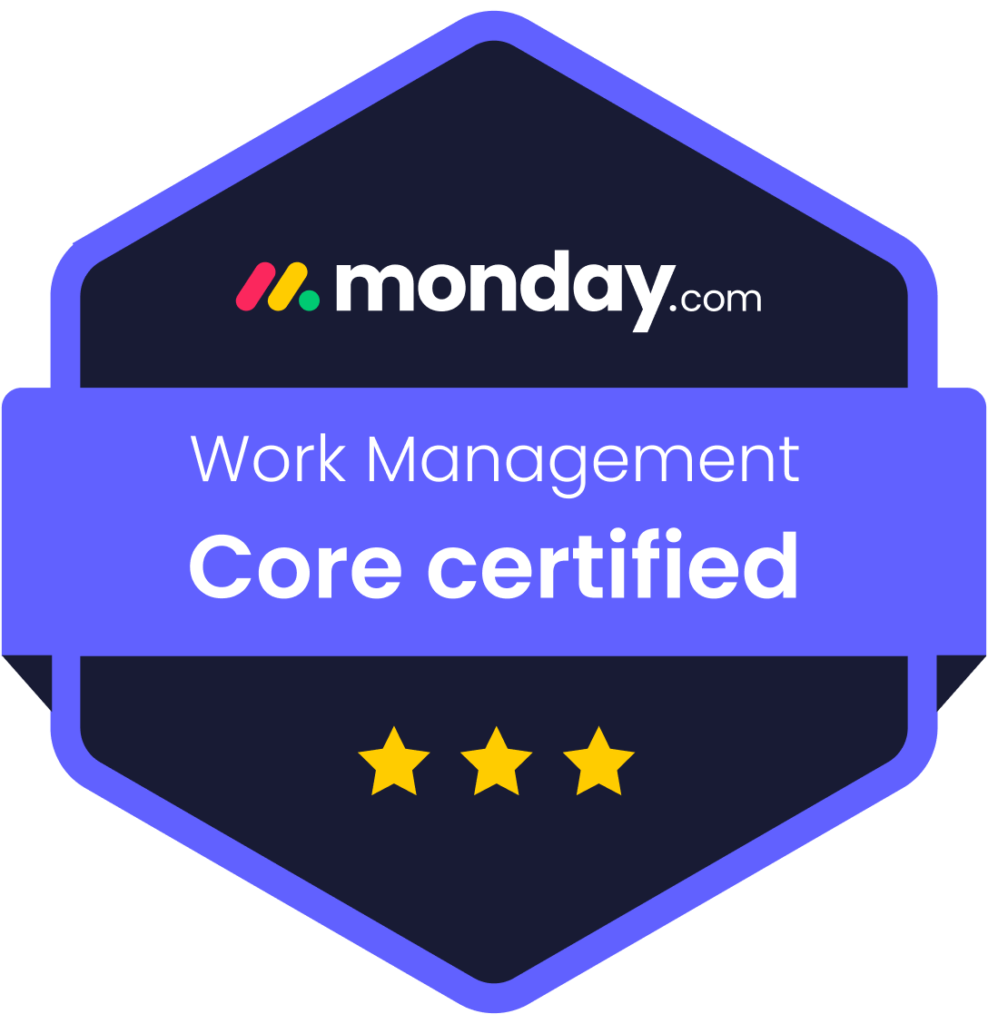In today’s hyper-localized digital environment, businesses must ensure they are visible when users search for services or products “near me.” Whether you’re a restaurant, repair shop, or retail store, mastering how to rank for “near me” keywords can significantly boost foot traffic, phone calls, and local conversions. This guide walks you through every essential step to dominate local search results and make your business the go-to option in your area.
Why “Near Me” Keywords Matter
“Near me” searches have surged over the past decade as mobile users increasingly rely on their smartphones to find immediate solutions. Google reports that “near me” searches have grown over 500% in recent years, reflecting a shift in consumer behavior. These searches often come with strong intent—people searching for something nearby are likely ready to make a purchase or take action.
For local businesses, learning how to rank for “near me” keywords isn’t just an SEO tactic; it’s a business growth strategy. Ranking well increases visibility, boosts credibility, and puts your brand in front of high-intent customers right when they need you.
Step 1: Optimize Your Google Business Profile
Your Google Business Profile is the cornerstone of any “near me” keyword strategy. Google pulls data directly from these profiles when serving up local results. Start by claiming and verifying your listing if you haven’t already. Ensure your name, address, and phone number are consistent with other online listings. Choose the most accurate business categories available to reflect your services. Write a compelling business description that naturally includes “near me” keyword variations. Add high-quality images of your products, services, and location to make your listing more engaging. Lastly, encourage satisfied customers to leave reviews and respond promptly to build trust and engagement.
Step 2: Use Localized Keywords Strategically
Keywords are the bedrock of SEO, and for local optimization, you need to go beyond the basics. Instead of just targeting “pizza,” for example, aim for keywords like “best pizza near me” or “New Haven pizza near me.” These variations help search engines understand your relevance to local intent. Use your target keywords in title tags, meta descriptions, headers, image alt text, anchor links, and throughout the content body. Aim to use the keyword phrase “how to rank for near me keywords” naturally and consistently, making up approximately 3–4% of the total word count.
Step 3: Create Location-Specific Content
One of the most effective ways to support your local SEO strategy is by producing content tailored to your area. Writing blog posts or service pages that answer specific local queries helps you connect with nearby users. Content ideas might include top local guides, service availability in specific neighborhoods, or answers to common local customer questions. These not only improve your SEO but also establish your brand as a local authority. Make sure each piece of content includes local keyword variations and provides real value to readers.
Step 4: Build Local Citations
Local citations help Google verify that your business is legitimate and located where you claim. They also increase the number of online mentions of your business, which boosts authority and trustworthiness. Submit your business details to reputable local directories and niche-specific platforms, ensuring that your name, address, and phone number are exactly the same everywhere. Even small discrepancies can confuse search engines and hurt your ranking. Focus on quality over quantity to avoid being flagged for spammy citation practices.
Step 5: Optimize for Mobile Users
Since most “near me” searches are done on mobile devices, optimizing your site for mobile is crucial. Your website must be responsive, loading smoothly and quickly across all screen sizes. Simplify navigation with clear menus and buttons that are easy to tap. Ensure your contact details are clickable, and integrate mobile-friendly features like click-to-call and interactive maps. Poor mobile experiences lead to high bounce rates, which negatively affect your search rankings. A fast, accessible mobile website can dramatically improve user engagement and lead to higher conversions.
Step 6: Gather and Manage Reviews
Customer reviews are among the most influential factors in local SEO rankings. Reviews build credibility and directly impact your placement in Google’s local pack. After each transaction or service, encourage happy customers to leave a review. Make it easy for them by providing a direct link to your Google Business Profile. Always respond to reviews, thanking customers for positive feedback and addressing concerns raised in negative ones. The content of reviews themselves often includes keywords and locations, which helps boost your visibility for “near me” searches.
Step 7: Embed a Google Map on Your Website
Adding a Google Map to your contact page or website footer helps reinforce your local presence. It allows visitors and search engines alike to confirm your physical location. Be sure to use the correct map associated with your verified Google Business Profile. Also consider including driving directions from popular local landmarks. This small yet effective step further connects your site with local search intent and enhances user experience.
Step 8: Use Structured Data Markup
Schema markup helps search engines better understand your website content. For local businesses, implementing LocalBusiness schema can lead to rich results in search listings, such as reviews, operating hours, and contact details. Include your business name, address, phone number, opening hours, services, and geo-coordinates in your schema data. Use Google’s Structured Data Testing Tool to ensure everything is properly formatted and recognized by search engines. Well-implemented schema markup adds an extra layer of relevance to your site’s local intent.
Step 9: Gain Local Backlinks
Backlinks remain a critical ranking factor in SEO. When you earn links from locally relevant websites, Google sees your business as a credible local resource. Look for opportunities with local newspapers, bloggers, community organizations, and sponsorships. You can also contribute guest posts to other local websites or collaborate on local projects to get mentioned online. These backlinks not only drive referral traffic but also enhance your authority and trustworthiness in the eyes of search engines.
Step 10: Monitor Performance and Adjust
Local SEO is not a one-and-done task. Use analytics tools to track how well your “near me” keywords are performing. Monitor metrics such as impressions, click-through rates, bounce rates, and time on page to determine which tactics are working. Google Search Console is especially helpful for tracking keyword rankings and spotting technical issues. Adjust your strategy based on what the data tells you. A/B test different titles and meta descriptions, and continue refining your content to better serve your local audience.
Final Thoughts
Mastering how to rank for near me keywords involves more than just plugging in the right phrases. It requires a comprehensive strategy that combines on-page SEO, local content creation, mobile optimization, and community engagement. When done correctly, it places your business directly in front of high-intent local customers and turns your online presence into a powerful lead-generation tool.
At Skyfield Digital, we specialize in building customized local SEO strategies that align with your business goals. Let us help you capture your local market and stay top-of-mind when it matters most.













